换电 or 充电,谁才是电车的未来?
2022年,全国新能源汽车保有量超过1000万辆,新能源汽车零售渗透率(月份)首次超过30%。目前,电车的“上电”方式主要还是换电和充电。其中蔚来和北汽是换电模式的先行者,电芯主力供应商宁德时代等正准备下场参赛。传统的充电模式则走向了“快充化”,这是所有品牌不约而同地选择。
早在2015年,东风集团携俊风公司参与推出了A60EV换电车辆,但高昂的投资建店成本,让集团放下了该项目,直到今天换电车辆起起落落,没有大的起色。但后续车型E70充电版车辆,已经成为了中国营运电动车第一车。
那么,未来新能源的“上电”方式究竟是走向“换电”还是“充电”呢?我们从更具话题性的“换电站”谈起,换电站能够立即解决充电速度较慢的痛点,为何敢于尝试和坚持的厂家却寥寥无几呢?
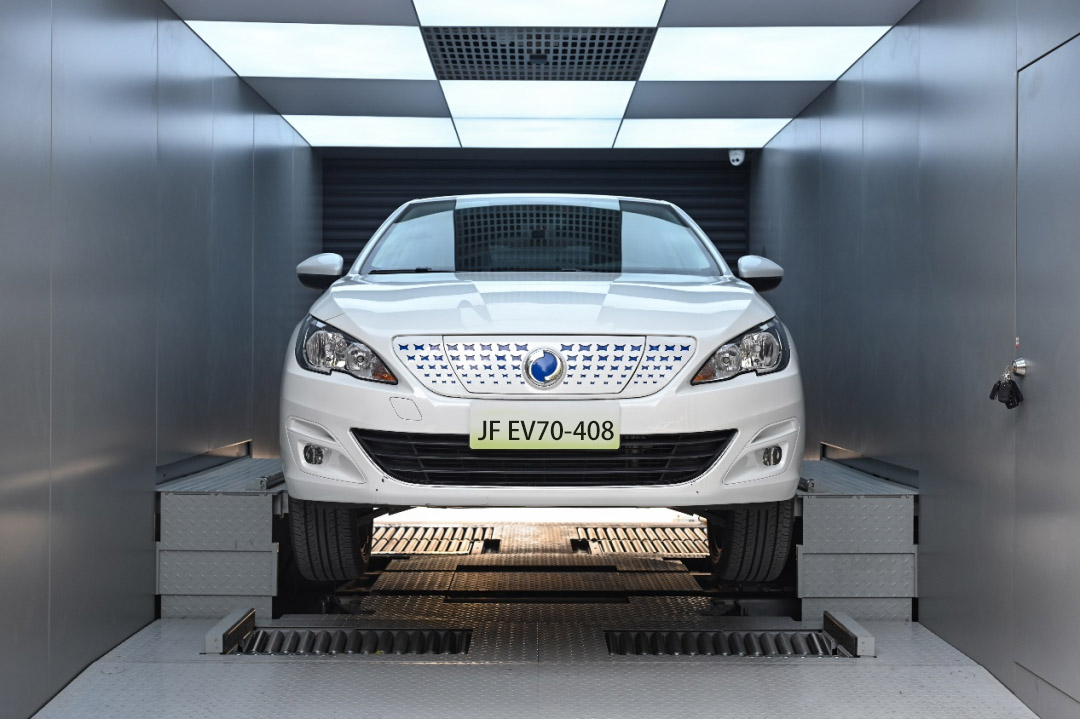
换电站的建设成本较高。除了土地租用、电池组、设备购置、施工建设、电力增容和电缆铺设等多项成本外,建成后的运营和管理成本也不可小觑。以蔚来换电站为例,据说其单站建设成本高达三四百万元。日前最新发布的第三代换电站拥有21个电池仓位,电池组成本轻松超过50%。蔚来目前已在全国建成1286座换电站,若以每座400万元计算,这些换电站的总投资已经超过50亿元,这还不计研发和运维的费用,并且蔚来还在不断建设中。
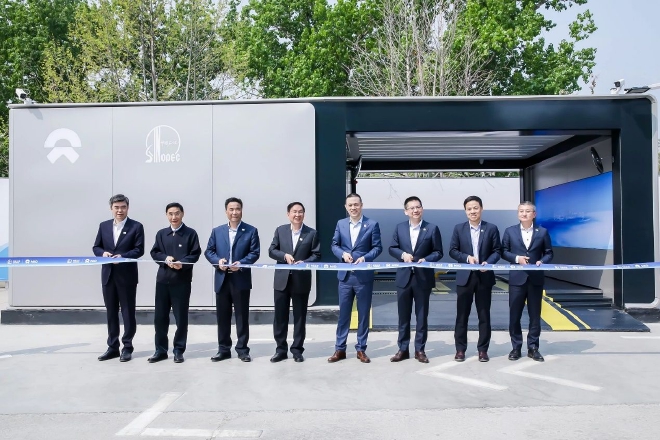
换电站仍处于烧钱阶段。据蔚来公布的数据,其换电站的日均换电次数仅有40次,远低于蔚来换电站的设计负荷。蔚来换电站的换电费用其实与使用快充桩相差不大,还提供各种优惠,甚至终身免费。由此可见,蔚来换电站目前仍处于烧钱培养用户习惯阶段,正如蔚来所说:“我们要维持好与用户的亲密关系”。较高的建设成本,较快的建设速度,较低的使用频率和收费标准,这种模式需要以雄厚的资金实力为基础,以投资人对换电市场的良好预期和信心作为持续投入的保证,烧钱到盈亏平衡的那天。
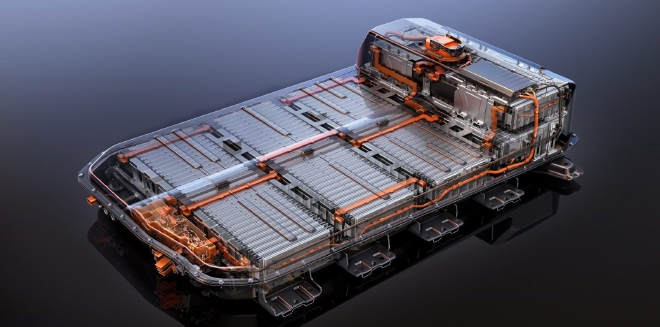
电池组可换的基础是“标准化”,这里的标准化不仅是电池的标准化,不限于电池组尺寸,还涉及到电池组架构和通信方式的标准化。电池组的管理需要与汽车电池管理系统BMS实现信息共享和互通,方能形成闭环控制。大多数车型虽然都使用CAN通讯,但不同厂家的通信协议又有区别,并且这还涉及到汽车安全和技术保密,“语言”成为了电池标准化的障碍。此外,不同级别、不同尺寸、不同类型的车型对电池组的容量和尺寸的要求也存在差异,总是难用一种标准兼顾所有乘用车。种种原因,决定了使用单一标准电池组“一统天下”过于理想化,各品牌能自成体系已属不易。
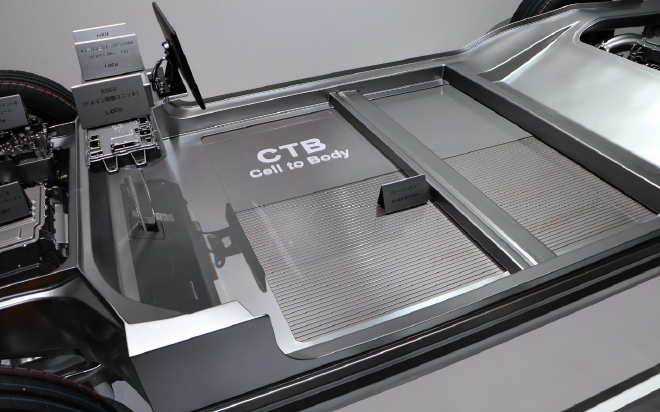
无论是建设成本高,回报时间长,还是标准难统一,每一项都是厂家远离“换电”的原因。对车主而言,是否有拒绝“换电”的理由呢?当然,凡事皆有两面性。既然电池组能够更换,电池组与车身必然无法做到Cell to Body(电池车身一体化),这意味着爱车地板会比较厚,即便选择车顶相对较低的轿车,乘坐高度仍明显高于传统油车,甚至比非换电的电车也高出不少,例如蔚来ET系列。即便选择电池容量较小的车型,电池包的尺寸却与大容量电池包保持一致,这势必影响了宝贵的驾乘空间。此外,前面说到换电站难以平衡建设和运营成本,厂家势必需要分割部分成本放入新车价格,以维持这套商业模式的运转。问题来了,如果买了一辆可换电车型,但周围却没有换电站,或者根本没有换电的需求,我为何要为“换电”多花钱?为何要为“换电”迁就“高地板”呢?
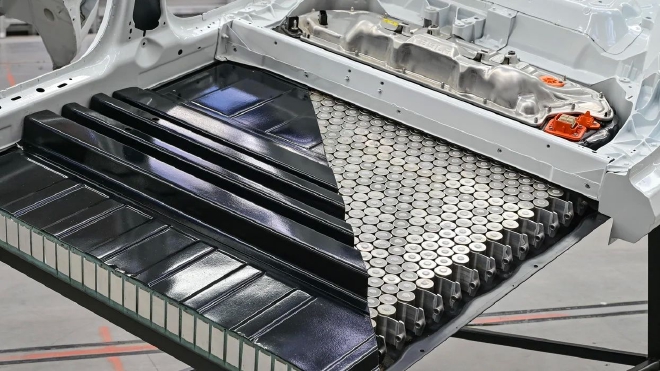
蔚来抢答:选择蔚来“换电”附送电池组“共享”,“共享”意味着电池组终身质保。如果你买了一辆蔚来新车,驾驶300公里后在换电站花5分钟换装一块满电的电池组,这速度已经与加油相差无几,打消里程焦虑当然开心,但你愿用一块新电池换一块旧电池?不用在意,换上的永远是标准容量八成以上的电池。什么?随车附送的电池组,你花大价钱买的?没错,这是进圈费。进了蔚来的朋友圈,玩的就是电池组“共享”,蔚来负责圈里电池组的维护和更新,客户尽管用。当然,若实在接受不了,你也可以只充电,不换电,独享自己的“新电池”嘛。什么?浪费了换电功能?好吧,蔚来还为你准备了BaaS电池租用服务,买辆“裸车”,租用电池,不仅降低购车门槛,还不再为电池揪心,容量大小随心选择,不好吗?
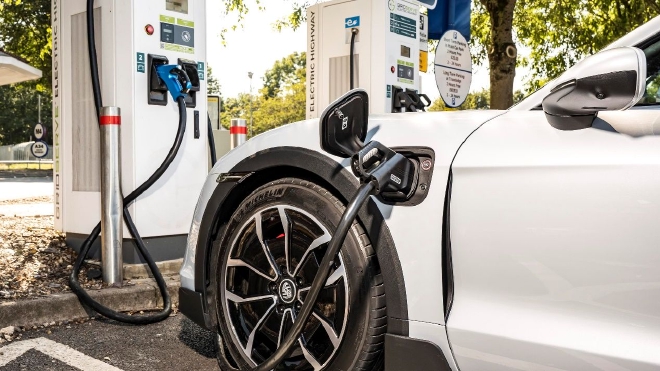
充电党表示:“换电”好比能开手机后盖的“老年机”,智能手机目前正从有线充电走向无线充电,电动车也将是同样的进化路线,所以换电终将被抛弃。没错,正如手动变速箱从无同步器进化到全同步器,从手动进化到自动,简单和方便是人类共同追求的前进方向。如果“充电”够方便,相信“换电”必将被淘汰,这终归只能是一种过度性的技术。
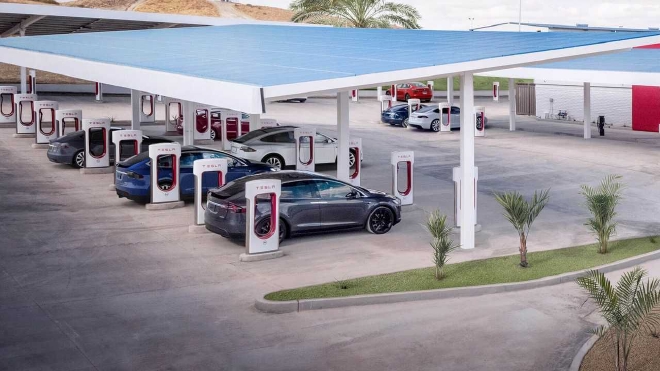
相对于大家不太熟悉的“换电”来说,“充电”是大家都“自然接受”的“上电”方式。充电的最大痛点普遍认为在于“慢”,除开续航里程外,快充速度是大家最关心的电动车技术参数。其实,实际问题的复杂程度远胜于此,充电时间与续航里程都颇具“迷惑性”,稍不注意被收智商税。我们即便拥有一辆充电速度全球第一的车型,也需要匹配充电设施。我们首先是寻找和确认有可用的充电桩(位置被占用的情况也时有发生),最后还涉及到充电费用(电费+服务费+停车费),这与寻找加油站和油价的概念完全不同,太多因素都将影响到充电体验。何况充电体验并不完全由厂家和车主掌控。
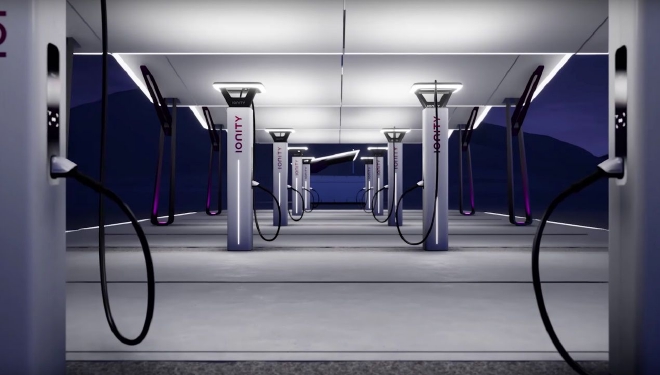
公用充电桩目前由三类企业提供,第一类是电网,第二类是第三方运营商,第三类是特斯拉、蔚来和小鹏自建充电网络。无论是油车时代还是电车时代,占据C位的主机厂都是整条产业链发展的引领者,充电技术和充电网络的建设也不例外。以特斯拉超级充电桩为例,相对电网和第三方充电桩,特斯拉自建充电桩明显能够提供更好的体验感。除了在技术上建立“生态”,改善自家充电桩体验感之外,自家充电桩的维护和运营水平、品牌专属带来的认同感,以及在新车销售时的各种捆绑营销,都为汽车品牌自建的充电网络筑起了高门槛,相对电网和第三方公司的公用充电桩享有显著优势。
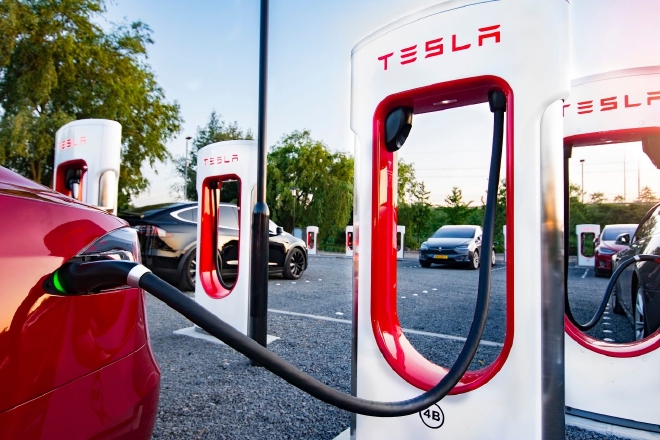
我们来看看主机厂充电桩那你追我赶的充电功率和速度。走在前列的特斯拉充电站,目前主要装备最大功率250 kW的V3快充桩,下阶段将启用具备15分钟续航500公里能力的350 kW V4快充桩。蔚来在日前举行的NIO Day 2022上发布了500 kW“超快充桩”,充电枪线还采用了自研的液冷技术。小鹏的S4超快充最大功率可达480 kW,峰值充电功率达到400 kW,可实现5分钟增添续航200公里。当充电桩拥有了更大的充电功率,还需要电池组支持,这是电池系统和充电系统共同迭代的结果。即便电池组和充电桩在技术上都能支持高达四五百千瓦的充电功率,实际充电效果也未必能达到预期。
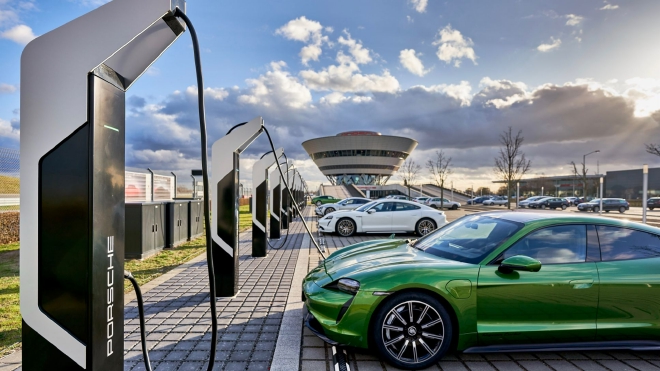
充电时间具有随机性是汽车补能的特点,例如充电站拥有10根500 kW充电桩,为确保所有充电桩都能同时满负荷运转,需要电网匹配5000 kW,这需要继续为充电站增容,而无限制地增容势必又会降低电网的使用效率。10台车同时满负荷充电的可能性并不大,或许将整个充电站的负荷控制在3000 kW是更现实的方案,遭遇满负荷时对某些充电桩自动降低功率运行,这就需要在使用体验和增容之间寻找平衡,说到底还是成本。总之,充电桩的峰值功率越大,对电网的冲击也就越大。当遭遇某种特殊情况,整个城市的快充桩在相对集中的时间段满负荷充电,这是现有电网难以支撑的局面,理想的方式依旧是降功率充电。所以,充电网络的建设是一个极为复杂的,多方参与建设的系统性工程,是一套远比加油站复杂的生态系统。
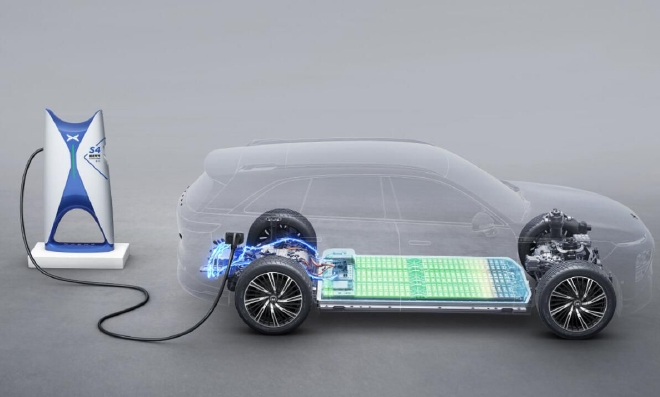
充电好,还是换电好?如果充电足够快,为何要因换电而对车身设计进行各种妥协,难道Cell to Body车身不香吗?如果换电能够普及,将换电站作为调剂电网负荷,减少对电网的冲击,优化整个城市乃至国家的能源系统,又不香吗?车厂们踊跃尝试,积极探索各种技术路线和解决方案,尽可能为车主提供更好的使用体验,这是与传统油车消费截然不同的市场。在不断试错、不断优化、不断提升销量的过程中,最终将在全球市场形成少数几家“巨无霸型”的汽车企业,你同意吗?规模较小的车企只能避开主流市场,专注细分市场,走个性化路线,依靠这些核心车企建立的生态系统生存,例如“加电”生态。
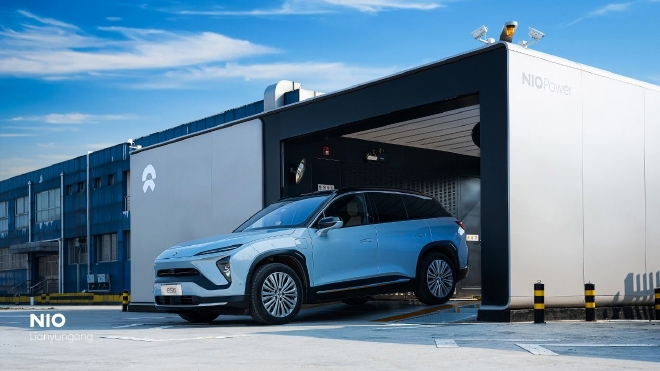
如果我们再叠加车机和自动驾驶共同营造的复杂生态系统,这充满可能的未来是不是很精彩呢?难免不让我们对新能源汽车的明天充满期待,正如蔚来CEO李斌所说:“服务用户的事情才刚刚开始。”
In 2022, the number of new energy vehicles in China will exceed 10 million, and the retail penetration rate of new energy vehicles will exceed 30% for the first time (in January). At present, the power on mode of trams is mainly to change electricity and charge. Among them, Weilai and BAIC are the pioneers of the power exchange mode, and Ningde Times, the main supplier of the battery cell, is preparing to enter the next competition. The traditional charging mode is moving towards fast charging, which is the common choice of all brands.
As early as 2015, Dongfeng Group and Junfeng Company participated in the launch of A60EV electric vehicle, but the high investment and store building cost made the Group put down the project. Until today, the electric vehicle replacement has risen and fallen, without much improvement. However, the subsequent model E70 rechargeable vehicle has become the first operating electric vehicle in China.
So, will the power on mode of new energy in the future be power change or charging? Lets start with the more topical power station replacement. Power station replacement can immediately solve the pain point of slow charging. Why are there few manufacturers who dare to try and adhere to it?
The construction cost of the power station is high. In addition to many costs such as land lease, battery pack, equipment purchase, construction, power capacity expansion and cable laying, the operation and management costs after the construction can not be underestimated. Taking Weilai Power Station as an example, it is said that the construction cost of a single station is as high as 34 million yuan. The newly released third generation replacement power station has 21 battery positions, and the cost of battery pack easily exceeds 50%. At present, Weilai has built 1286 replacement power stations nationwide. If calculated by 4 million yuan per station, the total investment of these replacement power stations has exceeded 5 billion yuan, excluding R&D and operation and maintenance costs, and Weilai is still under construction.
Who is the future of trams when changing or charging?
Power station replacement is still in the stage of burning money. According to the data released by Weilai, the daily average power change frequency of its power exchange station is only 40 times, which is far lower than the design load of Weilai power exchange station. In fact, the cost of power replacement of Weilai Power Station is not much different from that of using fast charging piles. It also provides various discounts, even free for life. It can be seen that Weilai Power Station is still in the stage of burning money to cultivate user habits. As Weilai said, We should maintain a close relationship with users. With high construction cost, fast construction speed, low use frequency and charging standard, this model needs to be based on strong financial strength, and take the good expectation and confidence of investors in the power exchange market as the guarantee of continuous investment, burning money until the day of profit and loss balance.
Who is the future of trams when changing or charging?
The basis of battery pack replacement is standardization. The standardization here is not only the standardization of the battery, not limited to the size of the battery pack, but also the standardization of the battery pack architecture and communication mode. The management of the battery pack needs to achieve information sharing and intercommunication with the vehicle battery management system BMS to form a closed-loop control. Although most models use CAN communication, the communication protocols of different manufacturers are different, and this also involves vehicle safety and technical confidentiality. Language has become an obstacle to battery standardization. In addition, there are differences in the requirements for the capacity and size of the battery pack for different grades, sizes and types of vehicles. It is always difficult to use one standard to take into account all passenger vehicles. For various reasons, it is too idealistic to use a single standard battery pack to rule the world, and it is not easy for each brand to form its own system.
Who is the future of trams when changing or charging?
Whether the construction cost is high, the payback time is long, or the standard is difficult to unify, each item is the reason why manufacturers are far away from changing electricity. For car owners, is there any reason to refuse to change power? Of course, everything has two sides. Since the battery pack can be replaced, the battery pack and the body cannot necessarily achieve Cell to Body integration, which means that the floor of your car will be relatively thick. Even if you choose a car with a relatively low roof, the ride height is still significantly higher than that of a traditional gasoline truck, or even much higher than that of a non replacement car, such as the Weilai ET series. Even if you choose a model with small battery capacity, the size of the battery pack is consistent with that of the large capacity battery pack, which will inevitably affect the valuable driving space. In addition, as mentioned earlier, it is difficult to balance the construction and operation costs of the power plant, so the manufacturer must divide part of the costs into the new car price to maintain the operation of this business model. The problem is, if I buy a replaceable trolley car, but there is no need to change the power station around, or there is no need to change the electricity at all, why should I pay more for changing the electricity? Why settle for high floor for power exchange?
Who is the future of trams when changing or charging?
Weilai answered quickly: choose share of the battery pack attached to Weilais power change. share means the lifelong warranty of the battery pack. If you buy a new car from Ulai and drive for 300 kilometers, you will spend 5 minutes to replace a fully charged battery pack in the power station. The speed is almost the same as refueling. Of course, you are happy to eliminate your mileage anxiety, but you are willing to replace an old battery with a new one? Never mind, the battery with more than 80% of the standard capacity will always be replaced. what? The battery pack that comes with the car. Did you pay a lot for it? Yes, this is the entrance fee. In the circle of friends of Weilai, what we play is the sharing of the battery pack. Weilai is responsible for the maintenance and update of the battery pack in the circle, and the customers do their best. Of course, if you really cant accept it, you can just charge without changing the electricity and enjoy your own new battery. what? Waste the power change function? Well, we have also prepared a BaaS battery rental service for you. Buying a bare car and renting batteries will not only lower the threshold for buying a car, but also stop worrying about batteries. The capacity is optional, isnt it?
Who is the future of trams when changing or charging?
The Charging Party said: Changing the power is like a old phone that can open the back cover of a mobile phone. Smart phones are now moving from wired charging to wireless charging. Electric vehicles will also follow the same evolutionary path, so changing the power will eventually be abandoned. Yes, just as the manual gearbox evolved from no synchronizer to full synchronizer, and from manual to automatic, simplicity and convenience are the common pursuit of mankind. If charging is convenient enough, it is believed that changing electricity will be eliminated, which can only be an excessive technology after all.
Who is the future of trams when changing or charging?
Compared with the unfamiliar power change, charging is a power on method that everyone naturally accepts. The biggest pain point of charging is generally believed to be slow. In addition to the driving range, fast charging speed is the most concerned technical parameter of electric vehicles. In fact, the complexity of the actual problem is far greater than this. The charging time and mileage are quite confusing, and I dont pay attention to the IQ tax. Even if we have a car with the highest charging speed in the world, we also need to match the charging facilities. We first look for and confirm the availability of charging posts (sometimes the location is occupied), and finally, we also involve the charging fees (electricity fees+service fees+parking fees), which is completely different from the concept of looking for gas stations and oil prices. Too many factors will affect the charging experience. Moreover, the charging experience is not completely controlled by the manufacturer and the car owner.
Who is the future of trams when changing or charging?
Public charging piles are currently provided by three types of enterprises. The first type is power grid, the second type is third-party operators, and the third type is Tesla, Weilai and Xiaopeng self built charging networks. No matter in the oil vehicle era or the tram era, the OEMs occupying the C position are the leaders in the development of the entire industrial chain, and the construction of charging technology and charging network is no exception. Taking Tesla super charging pile as an example, compared with the grid and third-party charging pile, Tesla self built charging pile can obviously provide a better sense of experience. In addition to establishing ecology in technology and improving the experience of your own charging pile, the maintenance and operation level of your own charging pile, the sense of identity brought by the brand exclusivity, and various bundled marketing in the sales of new cars have all built a high threshold for your own charging network, which enjoys significant advantages over the power grid and public charging piles of third-party companies.
Who is the future of trams when changing or charging?
Lets take a look at the competing charging power and speed of the charging pile of the OEM. Tesla charging station, which is in the forefront, is currently mainly equipped with V3 fast charging piles with a maximum power of 250 kW. In the next stage, 350 kW V4 fast charging piles with a 15 minute endurance of 500 km will be used. At the NIO Day 2022 held a few days ago, Weilai released a 500 kW super fast charging pile, and the charging gun line also uses the self developed liquid cooling technology. The maximum power of Xiaopengs S4 super fast charging can reach 480 kW, and the peak charging power can reach 400 kW, which can achieve an additional endurance of 200 kilometers in 5 minutes. When the charging pile has more charging power, it also needs the support of the battery pack, which is the result of the joint iteration of the battery system and the charging system. Even if the battery pack and charging pile can support the charging power of up to four or five hundred kilowatts technically, the actual charging effect may not be as expected.
Who is the future of trams when changing or charging?
The randomness of charging time is the characteristic of vehicle energy supplement. For example, the charging station has 10 500 kW charging piles. In order to ensure that all charging piles can operate at full load at the same time, the power grid needs to match 5000 kW, which requires continuous capacity increase for the charging station. Unlimited capacity increase will inevitably reduce the efficiency of the power grid. It is unlikely that 10 cars will be charged at full load at the same time. Perhaps it is more realistic to control the load of the entire charging station at 3000 kW. When encountering full load, some charging piles will automatically reduce the power for operation. This requires finding a balance between the use experience and capacity increase. In the final analysis, it is still the cost. In short, the greater the peak power of the charging pile, the greater the impact on the power grid. When encountering some special circumstances, the fast charging piles in the whole city are charged at full load in a relatively concentrated period of time, which is difficult for the existing power grid to support. The ideal way is still to reduce the power for charging. Therefore, the construction of charging network is an extremely complex and systematic project involving multiple parties. It is a set of ecosystems far more complex than gas stations.
Who is the future of trams when changing or charging?
Charge well or change the power? If the charging is fast enough, why should we make various compromises on the body design due to power change? Is the cell to body not fragrant? If power exchange can be popularized, wouldnt it be nice to use the power exchange station as a way to adjust the load of the power grid, reduce the impact on the power grid, and optimize the energy system of the whole city and even the country? Car manufacturers actively try, actively explore various technical routes and solutions, and try their best to provide better use experience for car owners. This is a market that is different from traditional gasoline vehicle consumption. Do you agree that in the process of continuous trial and error, continuous optimization and continuous improvement of sales, a few Big Mac auto enterprises will eventually form in the global market? Small auto enterprises can only avoid the mainstream market, focus on market segmentation, take a personalized path, and rely on the ecosystem established by these core auto enterprises, such as the power on ecosystem.
Who is the future of trams when changing or charging?
If we build a complex ecosystem with overlapping cars and automatic driving, will the future full of possibilities be wonderful? It is inevitable that we will be full of expectations for the future of new energy vehicles. As Wei Lai CEO Li Bin said, The service to users has just begun.

